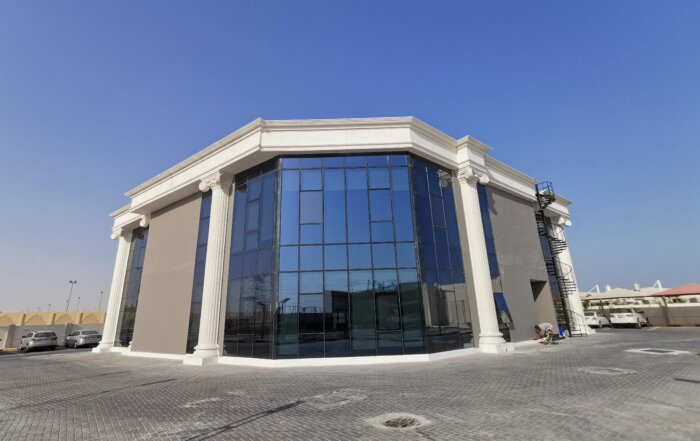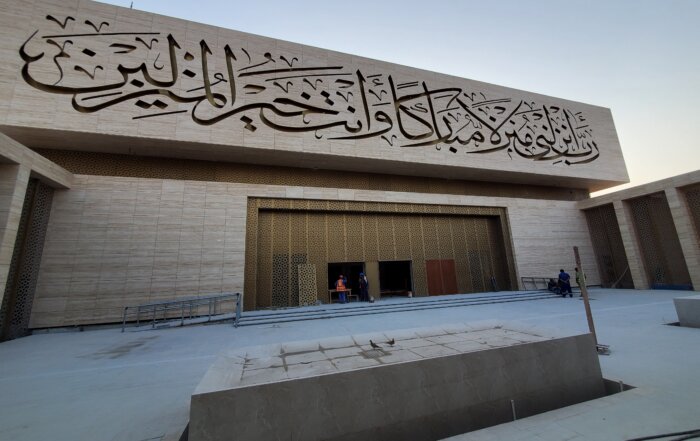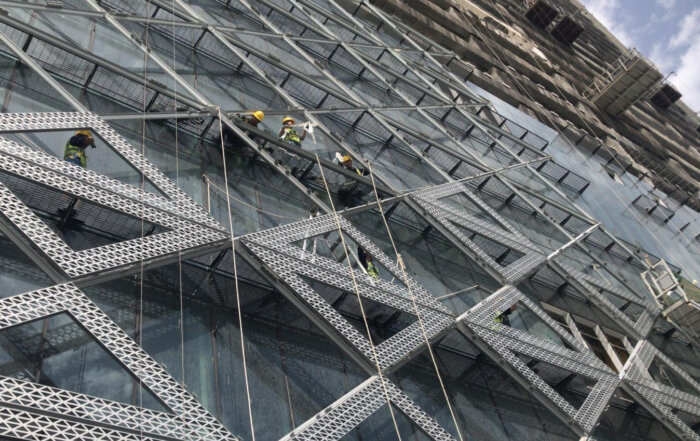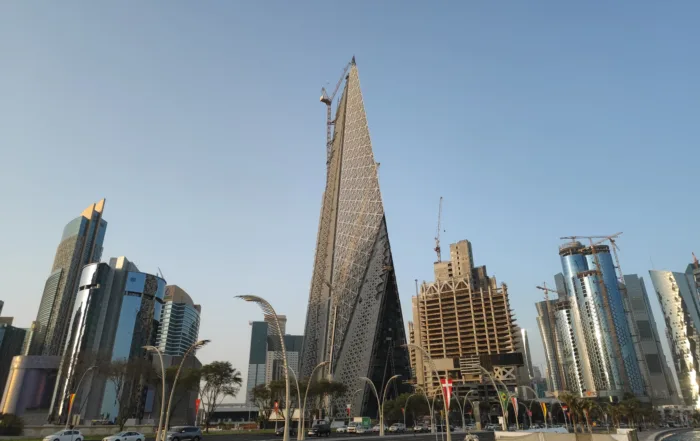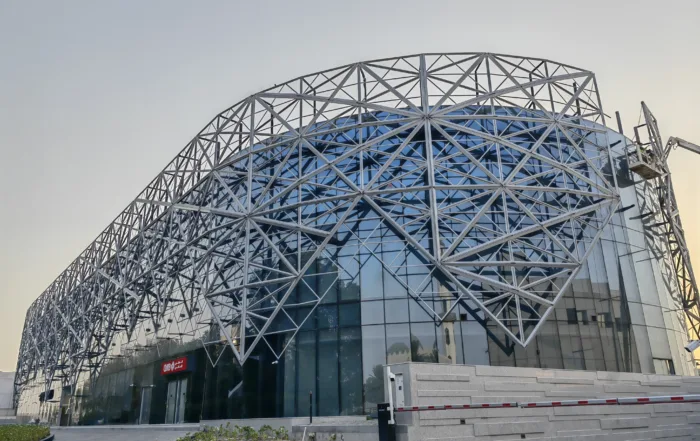What Is Mashrabiya

What is a mashrabiya?
A mashrabiya is a type of projecting oriel window or balcony enclosed with carved wood lattice work, which is a prominent feature in traditional Arabic architecture. The word “mashrabiya” literally means “a place of drink” in Arabic. This answer provides a straightforward definition using the relevant keyword “mashrabiya meaning.”

How are mashrabiyas made?
Mashrabiyas are typically made from intricate geometric patterns of wood latticework. Master artisans craft the wooden components using techniques like woodturning and carving, assembling them into complex jali designs. Traditional mashrabiyas are made from wood like teak or mashrabiya, whereas modern versions may also use materials like aluminum or cast iron.
What are the different styles of mashrabiyas?
Mashrabiyas come in various styles influenced by different regions and time periods. Some common styles include the Andalusian/Moorish style with intricate arabesque patterns, the Egyptian/Mamluk style with complex geometries, and the Syrian style with more simplistic linear designs. The specific patterns and level of ornate details define each style, with motifs ranging from floral to geometric vector designs.
Where did mashrabiyas originate?
Mashrabiyas originated in the medieval Islamic architecture of the Middle East and North Africa. The earliest examples date back to the 12th century in regions like Cairo, Damascus, and Baghdad. As Islamic influences spread, the mashrabiya became a quintessential element in various Arabic architectural styles across the Ottoman Empire, Persia, and Moorish Spain.


How do you incorporate a mashrabiya into modern architecture?
Mashrabiyas can be seamlessly incorporated into modern architecture while retaining their traditional essence. Contemporary architects use parametric design tools and new materials like aluminum, steel, or GRC to create innovative mashrabiya patterns and screens. These modern interpretations provide privacy, shading, and ventilation while adding a cultural and aesthetic dimension to the design.


